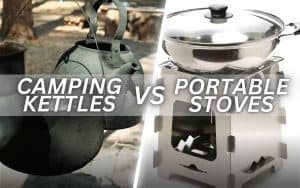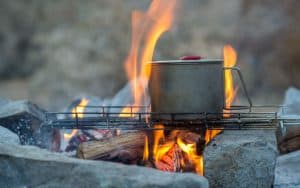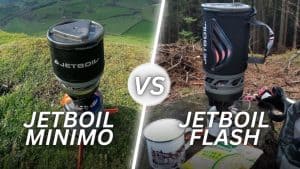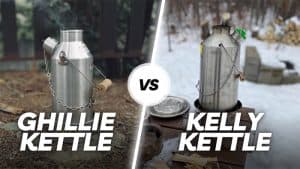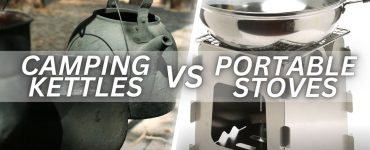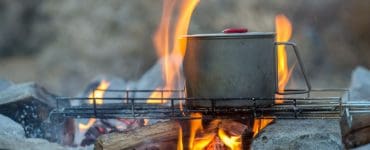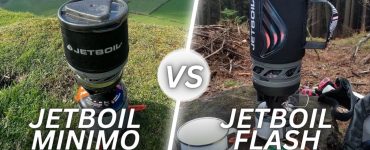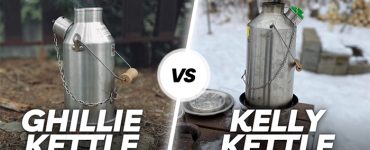Camping is a great way to disconnect from our daily routines and immerse ourselves in nature. Whether you’re a seasoned camper or a beginner, having the right equipment is essential for a successful trip. One of the most important items in any camping gear is a kettle.
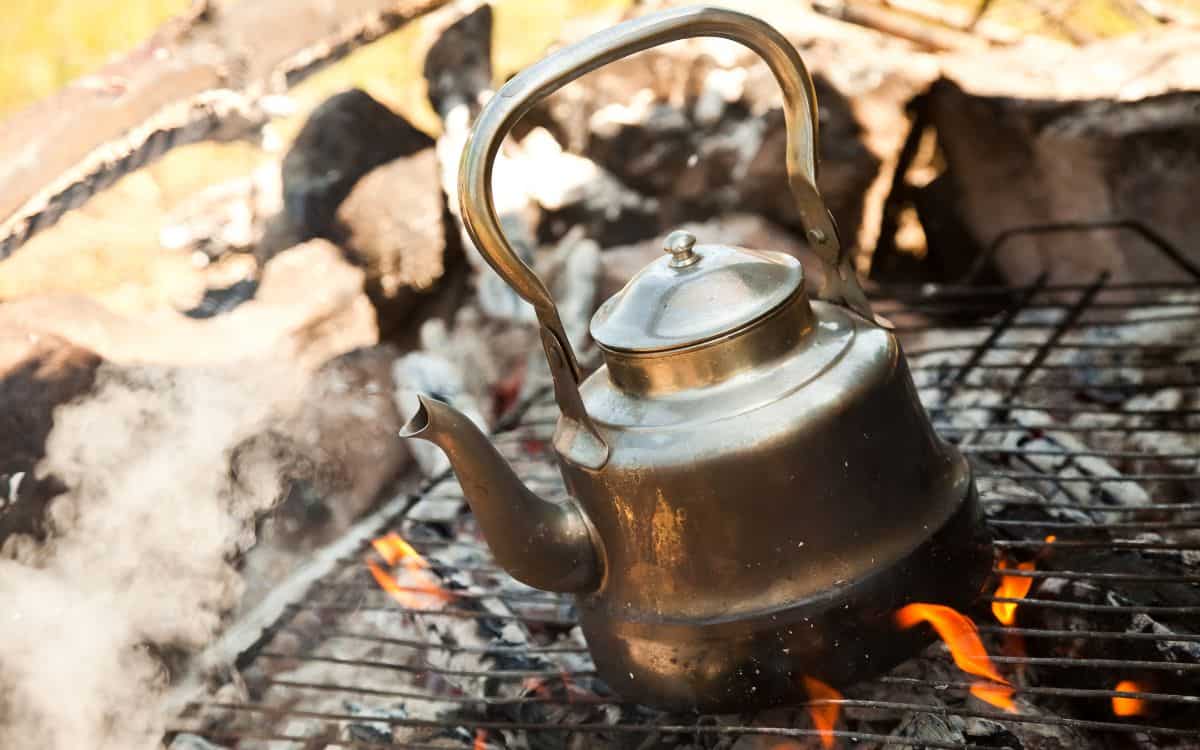
A good camping kettle allows you to boil water for cooking, cleaning, and drinking, making it an indispensable tool for any outdoor enthusiast. However, just like any other camping gear, proper use and maintenance of the kettle are crucial to ensure optimal performance. In this article, we will guide you on how to use and maintain your camping kettle for optimal performance.
Preparing the Camping Kettle for Use
Preparing your camping kettle for use is an important step to ensure that it is clean and safe to use. This step is especially important if you’re using a new camping kettle or one that hasn’t been used in a while.
Clean and disinfect the kettle
Firstly, it’s important to clean and disinfect the kettle before using it. This involves washing the kettle with warm water and soap, and then rinsing it thoroughly. Next, disinfect the kettle by boiling water in it for 5-10 minutes. This will help to kill any bacteria or germs that may be present in the kettle. Once you have boiled the water for a sufficient amount of time, pour it out and rinse the kettle with cool water to remove any remaining residue.
Preparing the Kettle for The First Use
Secondly, before using the kettle for the first time, you should boil water in it for at least 10 minutes and then discard the water. This will help to remove any residue from the manufacturing process and ensure that the kettle is safe to use.
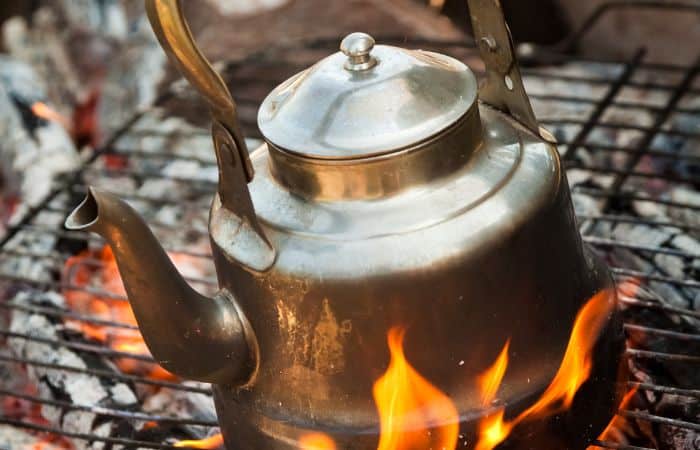
Check for Damages
Thirdly, it’s important to check the kettle for damages before using it. This involves inspecting the kettle for cracks, leaks, or dents. If you find any damages, do not use the kettle as it may pose a safety hazard. Instead, replace it with a new one.
Lubricate the Lid and Handle
Lastly, it’s a good idea to lubricate the lid and handle of the kettle with a small amount of cooking oil. This will prevent them from sticking and make it easier to open and close the kettle.
Using the Camping Kettle
Using a camping kettle is a simple process, but it’s important to do it correctly to ensure that you boil water efficiently and safely. Here are the steps to follow:
Fun Outdoor Quiz
Fill the Kettle
Firstly, fill the kettle with the amount of water you need. It’s important not to overfill the kettle, as this can cause it to boil over and create a safety hazard. The amount of water you need will depend on what you’re using it for, so it’s a good idea to plan ahead and measure out the water before filling the kettle.
Place the Kettle on The Stove
Secondly, place the kettle on a stove or camping stove. It’s important to ensure that the kettle is stable and won’t tip over during use. You can use a grate or support to keep the kettle stable if needed.
Heat the Kettle
Thirdly, turn on the stove and heat the kettle. It’s important to keep an eye on the kettle as it heats up, as boiling water can cause the kettle to shake or rattle. Using a lid on the kettle can help the water boil faster and prevent heat from escaping.
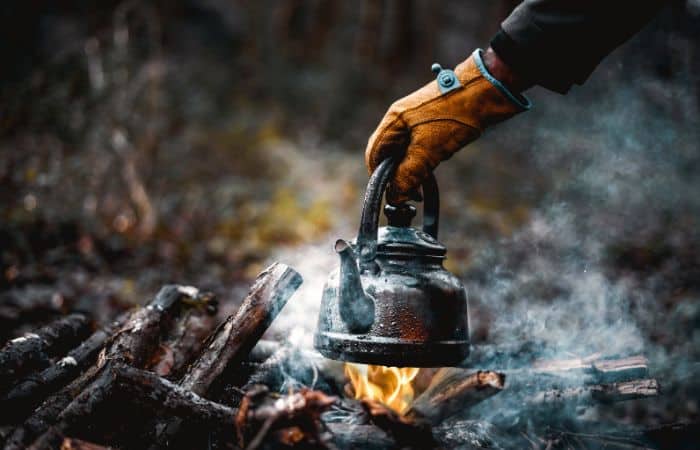
Remove the Kettle from The Heat
Fourthly, once the water has boiled, remove the kettle from the heat source. It’s important to use oven mitts or a pot holder to handle the kettle, as it will be hot. Be careful not to spill the hot water.
Pour the Water
Fifthly, carefully pour the hot water into your cup, bowl, or cooking pot. Be sure to pour slowly and steadily to avoid spills. If you need more hot water, repeat the process by filling the kettle with water and heating it on the stove.
Some tips for efficient and safe use of the camping kettle include:
- Use a lid on the kettle to help the water boil faster and to prevent heat from escaping.
- Don’t leave the kettle unattended while it’s heating up, as boiling water can cause the kettle to shake or rattle.
- Don’t try to speed up the boiling process by turning the heat up too high, as this can cause the kettle to boil over and create a safety hazard.
- Always use oven mitts or a pot holder when handling the kettle, as it will be hot.
By following these steps and tips, you can efficiently and safely use your camping kettle to boil water for cooking, cleaning, and drinking during your camping trip.
Maintaining the Camping Kettle
Proper maintenance of your camping kettle is important to ensure that it lasts for many camping trips to come. Here are some tips for maintaining your camping kettle:
Clean the Kettle After Each Use
After each use, clean the camping kettle thoroughly to prevent any build-up of mineral deposits or residue. Simply rinse the kettle with warm water and dish soap, and use a soft brush or sponge to scrub away any stubborn stains.
Dry the Kettle Thoroughly
After cleaning, make sure the camping kettle is completely dry before storing it. Any moisture left in the kettle can lead to rust or corrosion, which can damage the kettle.
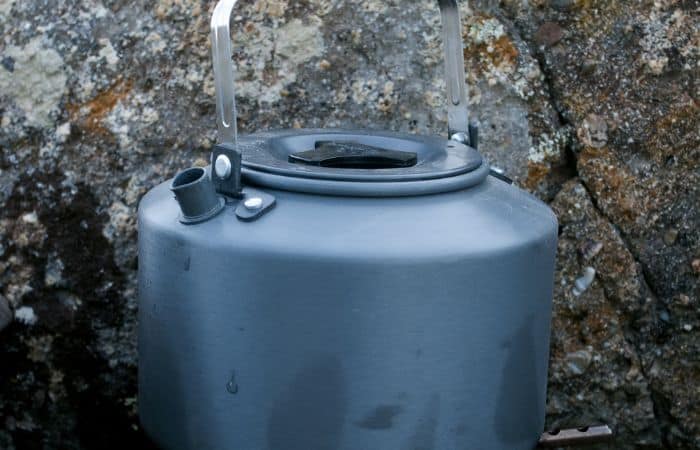
Store the Kettle Properly
Store the camping kettle in a dry, cool place to prevent rust or corrosion. You can also use a protective cover or bag to keep the kettle clean and free from scratches.
Inspect the Kettle Regularly
Check the kettle regularly for any signs of damage, such as cracks, dents, or corrosion. If you notice any damage, stop using the kettle immediately and replace it.
Descale the Kettle
If your camping kettle is made of metal, it may develop mineral deposits over time. To descale the kettle, mix equal parts of water and vinegar, and bring the solution to a boil in the kettle. Let the solution sit in the kettle for several hours before rinsing it out with warm water.
Troubleshooting Common Problems
Despite your best efforts to maintain and use your camping kettle properly, you may encounter some common problems. Here are some tips for troubleshooting these issues:
The Kettle Doesn’t Boil Water Quickly Enough
If your camping kettle is taking too long to boil water, make sure that you’re using the correct type of stove or heat source. Some kettles are not compatible with certain stoves, so check the manufacturer’s instructions for guidance. You can also try using a lid to cover the kettle, which can help to trap heat and speed up the boiling process.
The Kettle Boils Over
If your camping kettle is boiling over, it’s likely because it’s been filled with too much water. To prevent this from happening, make sure to fill the kettle only to the recommended capacity. You can also use a lid to help contain the steam and prevent it from boiling over.
The Kettle Has a Metallic Taste
If your camping kettle has a metallic taste, it may be because it’s made of metal and has developed mineral deposits. To remove these deposits, try descaling the kettle with a solution of equal parts water and vinegar.
The Kettle Is Rusted
If your camping kettle is rusted, it’s likely because it hasn’t been properly dried before storage. To prevent rust, make sure to dry the kettle thoroughly after each use and store it in a dry, cool place.
The Handle Is Loose
If the handle on your camping kettle is loose, it’s likely because the screws or bolts that hold it in place have become loose. To fix this, tighten the screws or bolts with a screwdriver or wrench.
Conclusion
A camping kettle is an essential tool for any camping trip, and proper use and maintenance of the kettle are crucial to ensure optimal performance. By following the tips and guidelines provided in this article, you can choose the right camping kettle, prepare it for use, use it efficiently and safely, maintain it properly, and troubleshoot any problems that may arise. Remember to always prioritize safety and efficiency when using your camping kettle, and enjoy the convenience and comfort it provides during your camping trips.


